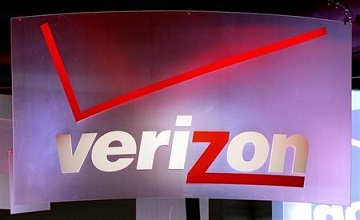Verizon to invest $100 million in solar, fuel cell technology

Verizon said on Tuesday it plans to invest $100 million in solar power and fuel cells at 19 facilities in seven U.S. states to cut its carbon footprint and make its operations more resilient to storms and other disasters.
The energy project should be complete by next year, with installations at corporate offices, call centers, data centers and central offices of the telecommunications giant in Arizona, California, Maryland, Massachusetts, New Jersey, New York and North Carolina.
The fuel cells will be powered by natural gas, which emits less climate-warming carbon dioxide than diesel or petroleum when burned, said James Gowen, chief sustainability officer for Verizon Communications Inc.
Gowen declined to say how much money the telecommunications company would save with this investment, but did say it would be good for the bottom line.
“I have a CFO and a CEO who are telling me quite often, ‘We are not going green for green’s sake.’ So we absolutely have a positive return on investment based on a 10-year net present value,” Gowen said in a telephone interview.
Like many other U.S. companies, Verizon aims to be more environmentally sustainable and beef up its green credentials, but another key reason for the energy shift was to bolster reliability.
When Superstorm Sandy battered the U.S. East Coast last year, the fuel cells at the company’s Garden City site on Long Island kept operations running when parts of the conventional power grid went down, Gowen said.
ClearEdge Power will install fuel cell systems at Verizon sites in California, New Jersey and New York, the company said. Sunpower Corp. has a multi-year agreement with Verizon to put in rooftop and ground-based solar cells and solar parking canopies in Arizona, California, Maryland, Massachusetts, New Jersey and North Carolina.
Together, these changes are expected to generate some 8 million kilowatt hours of electricity annually and cut the company’s annual carbon footprint by more than 5,000 metric tons of carbon dioxide.
You can return to the main Market News page, or press the Back button on your browser.

